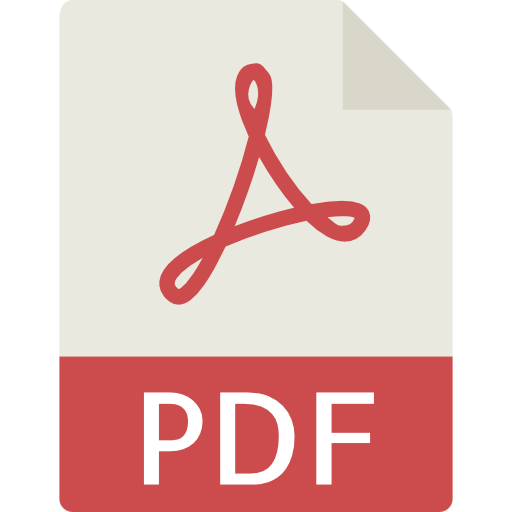This project was conceived to trial methods and provide guidance to improve decision making about the definition and management of HCV areas in Gabon. During the course of this project, we compiled and improved national biodiversity data sets for Gabon, and demonstrated the application of various analytical approaches for the identification of HCV types 1 to 4 based on clearly articulated objectives.
We highlight some of the key contributions below:
1. Large mammals. We used recently published models on great ape and elephant density and distribution for the region and the Zonation decision support tool to identify priority areas that achieve defined population targets for each species, while minimising inclusion of areas with high socio-economic value.
2. Zones of plant endemism. Predicted distribution models were generated for 193 of Gabon’s 650 known endemic plant species. A preliminary assessment of distribution of these endemic species identified distinct phyto-geographic regions at the national scale using hierarchical cluster analysis. These regions can be used to inform national and regional conservation efforts to ensure representation of plant endemism. Both the models for the distribution of individual species and the phyto-geographic regions identified represent works in progress that will continue to be updated in future projects that build on this work.
3. Forest ecosystem types. At the national and local scale, plant assemblage data collected as a requirement for forestry company management plans, was analysed to identify forest types based on species’ abundances. The identification of major forest types at both the national and local level is essential to ensuring that the diversity of forest types are represented by regional and national conservation efforts.
4. Prioritising freshwater catchments on fish diversity. A national data set on spatial distribution of fish species was compiled, to support a preliminary assessment of the catchments based on biodiversity indices.
We also present an approach for the integration of national and local level biodiversity data in a spatial planning exercise at the level of an individual concession. The Marxan spatial planning software was used to combine spatial information on the distribution of different conservation features with information on the cost of managing individual parts of the landscape for conservation, to produce land use configurations that achieve conservation objectives while minimizing costs. The process provides a transparent framework through which stakeholders can articulate individual objectives for the region, and visualise the consequences of those decisions on the areas selected for conservation priorities. To inform HCV delineation at the concession level, the national scale information was combined with locally collected information on distribution of plant and animal species, values on community forest use (HCV 5 and 6), and erosion vulnerability (HCV 4), and revised maps for the distribution of other threatened species in the region.


Add a Comment